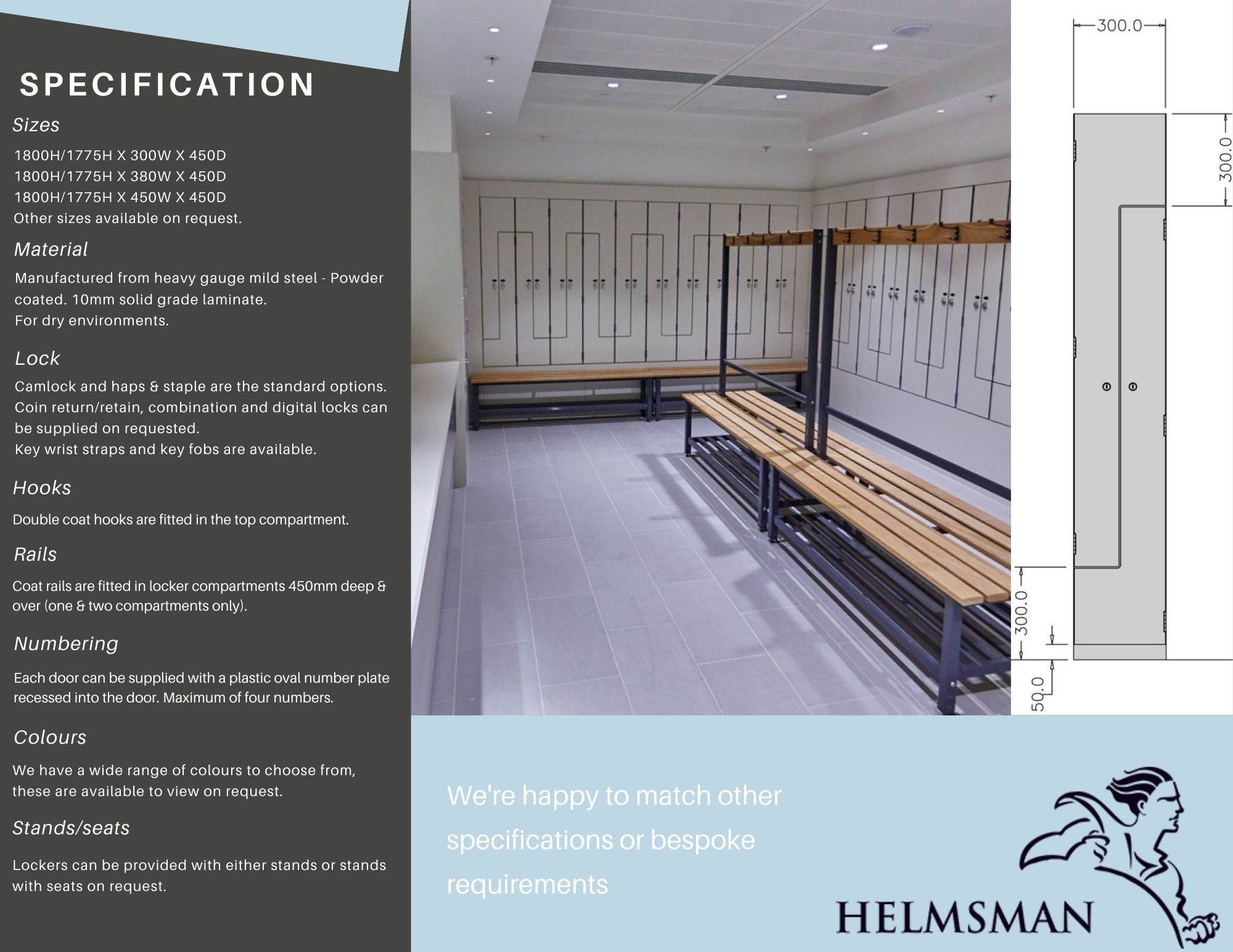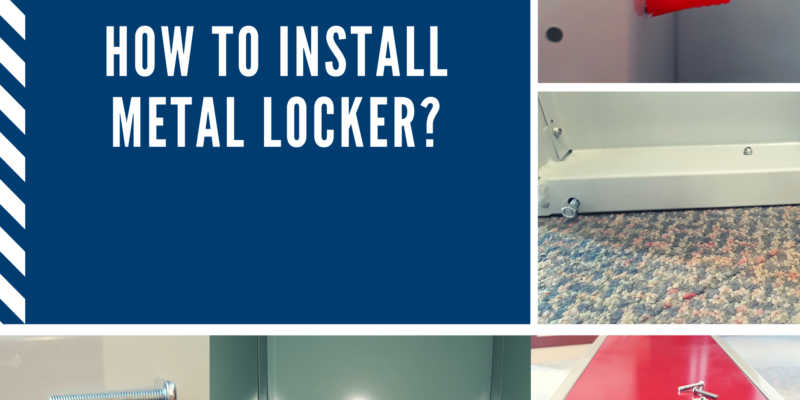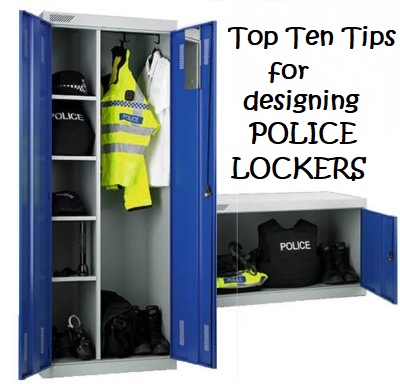When we think about school lockers, those of us of a certain age remember banks of grey metal lockers in changing rooms or small compartment storage in hallways where you swapped out your books for whatever classes were in. They were loud, uninspiring and unattractive.
Today, lockers are an integral part of everyday school life and increasingly form an essential part of the design of the school. The addition of colour, either as part of the school’s identity or to delineate different age groups and areas, has transformed the appearance of lockers, while their use has changed over the years.
Evolution
Locker manufacturers are constantly developing their products to adapt to modern life. From student lockers to staff lockers, uniform lockers and now PPE, manufacturers such as Helmsman Lockers and Cubicles are always innovating to create the best fit for purpose equipment.
Student lockers
From giving students a sense of identity and ‘contributing’ to health and safety and security, lockers are a way of life for them and form an integral part of the performance of the school. They often provide the school equivalent of a watercooler area where students meet and socialise with those, not in their classes. Functionally they reduce loss and crime allowing for the safe storage of personal items, expensive smartphones and electronics while psychologically they offer so much more.
Teacher lockers
It is amazing how often schools have lockers for students while leaving no provision for other people by offering them mere pigeonholes. Often overlooked as part of the design process, lockers are just as important to staff and teachers as they are to students. The ability to lock away personal items and have the facility for storing uniforms is important. Staff charging compartment lockers are ideal for storing personal bags and items and charging personal phones and other electronic equipment. Modern compartment lockers now come complete with plugs and USB sockets to store phones, tablets and laptops safely, while charging them at the same time and in between their busy schedules.
Post Pandemic teaching
Over the coming years, ‘pandemic’ lockers will be needed to allow for the regular changing of clothes, storage of PPE and other items designed to minimise cross-contamination and infection.
The latest Government guidelines on operation guidance for schools gives best practice advice for schools and colleges and encourages storing as much personal equipment as possible, including bags and coats, to minimise transmission.
More information on lockers and their specification, as well as about cubicles, vanity units and seating, is available from Helmsman on 01284 727626 or email sales@helmsman.co.uk










